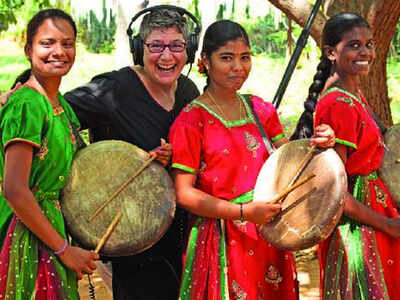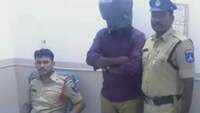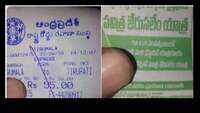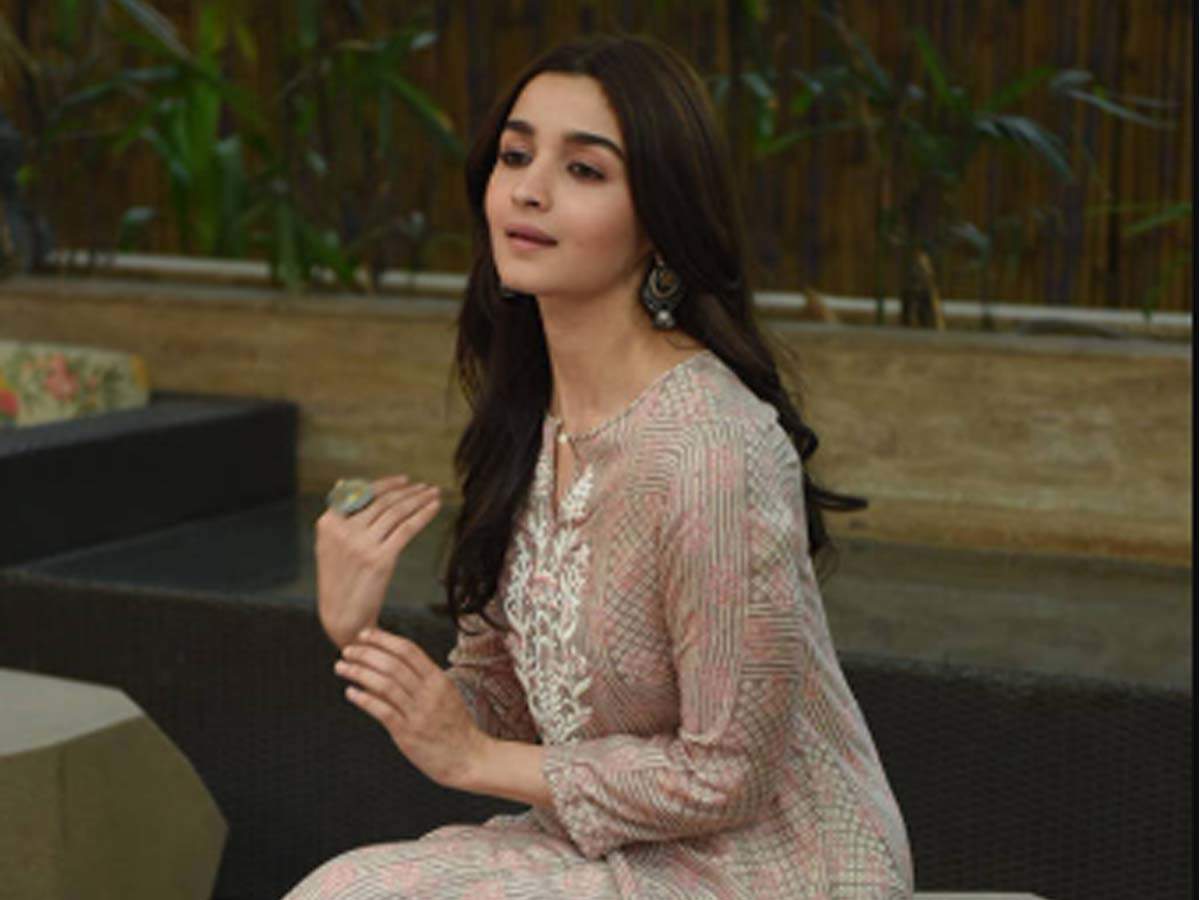
CHENNAI: In 1993, Zoe C Sherinian arrived at the Tamilnadu Theological Seminary (TTS) in Arasaradi, Madurai, to study the Carnatic Christian kirtanai. Then a student of ethnomusicology at Wesleyan University in the US, Sherinian didn’t know that her encounter with theologian Theophilus Appavoo at TTS and his work on dalit emancipation would commence a lifelong journey of comradeship, politics and activism.
"He had written an entire church liturgy in the form of Tamil folk songs. I was captivated by his dalit liberation theology," she says.
At 57, Sherinian, now a professor of Ethnomusicology at University of Oklahoma, is a parai artist with impeccable command over 35 adis (or rhythmic patterns) used on the instrument, and an advocate of Tamil folklore as the language of ‘liberation theology’.
Sherinian is also set to send her documentary film ‘Sakthi Vibrations’, which explores how a group of young women parai artists from Dindigul use the instrument as a weapon for social justice and self-esteem, to Sundance.
"Missionaries and upper caste Christians who ran the church rejected folk music. Appavoo taught that when the idea is to transform the entire value system for the oppressed classes, it is more transformative to use what is inherently theirs," says Sherinian. He used the parai at the centre of the liturgy, and sang every section — the greetings and praise, the Lord’s Prayer, the confession — in the form of folk songs he had composed. This struck right at my heart," she says.
Sherinian went on to study SC communities, who not only sang his compositions in the church, but recreated them to make political statements. "Like, when a landlord was visiting and they wanted to sing something to prick at his conscience — they would change the words around and recreate the song. That’s how folklore works; it takes from the identity of these people and can be adapted to their everyday lives," she says.
By the end of her dissertation on ‘The Indigenisation of Tamil Christian Music’, Sherinian decided to live with the folk communities of Madurai, Dindigul, Alanganallur and Coimbatore, to study the changing status of the parai and its artists. A drummer herself, she wanted to learn how to play the instrument too.
Through the course of her two decade-long work, Sherinian has authored more than 10 articles and a book, ‘Tamil Folk Music as Dalit Liberation Theology’. Her first documentary ‘This is a Music: Reclaiming an Untouchable Drum’ explores the psychological and economic transformation of parai artists from TN.
"The discourse is that most ‘parai’ artists play for deaths. But of the 35 adis I learned, only three were for ‘saavu’ or death. The rest were all auspicious," says Sherinian.
The work also gave her first-hand knowledge of the caste dynamics in the state. Like how some artists preferred to call the instrument a ‘drum set’ instead of ‘parai’, as the name took from the term ‘paraiyar’, a caste name that was mostly used derogatorily. "When we brought the same artists to the city to perform for ‘Chennai Sangamam’, this sentiment altered, as people referred to them as ‘parai kalaignargal’ or parai artists, appreciated their art form and treated them with respect. It made me realise how a social setting can change these dynamics," she says.
Sherinian says over the last five years, the status of the instrument has changed significantly. "More people from the dominant castes and across the world want to study it and learn how to play it. But I am working to ensure that in this process of transmission, the role of the traditional artists, especially as teachers, isn’t appropriated and their knowledge isn’t lost. They are and should remain at the heart of this proliferation."
"He had written an entire church liturgy in the form of Tamil folk songs. I was captivated by his dalit liberation theology," she says.
At 57, Sherinian, now a professor of Ethnomusicology at University of Oklahoma, is a parai artist with impeccable command over 35 adis (or rhythmic patterns) used on the instrument, and an advocate of Tamil folklore as the language of ‘liberation theology’.
Sherinian is also set to send her documentary film ‘Sakthi Vibrations’, which explores how a group of young women parai artists from Dindigul use the instrument as a weapon for social justice and self-esteem, to Sundance.
"Missionaries and upper caste Christians who ran the church rejected folk music. Appavoo taught that when the idea is to transform the entire value system for the oppressed classes, it is more transformative to use what is inherently theirs," says Sherinian. He used the parai at the centre of the liturgy, and sang every section — the greetings and praise, the Lord’s Prayer, the confession — in the form of folk songs he had composed. This struck right at my heart," she says.
Sherinian went on to study SC communities, who not only sang his compositions in the church, but recreated them to make political statements. "Like, when a landlord was visiting and they wanted to sing something to prick at his conscience — they would change the words around and recreate the song. That’s how folklore works; it takes from the identity of these people and can be adapted to their everyday lives," she says.
By the end of her dissertation on ‘The Indigenisation of Tamil Christian Music’, Sherinian decided to live with the folk communities of Madurai, Dindigul, Alanganallur and Coimbatore, to study the changing status of the parai and its artists. A drummer herself, she wanted to learn how to play the instrument too.
Through the course of her two decade-long work, Sherinian has authored more than 10 articles and a book, ‘Tamil Folk Music as Dalit Liberation Theology’. Her first documentary ‘This is a Music: Reclaiming an Untouchable Drum’ explores the psychological and economic transformation of parai artists from TN.
"The discourse is that most ‘parai’ artists play for deaths. But of the 35 adis I learned, only three were for ‘saavu’ or death. The rest were all auspicious," says Sherinian.
The work also gave her first-hand knowledge of the caste dynamics in the state. Like how some artists preferred to call the instrument a ‘drum set’ instead of ‘parai’, as the name took from the term ‘paraiyar’, a caste name that was mostly used derogatorily. "When we brought the same artists to the city to perform for ‘Chennai Sangamam’, this sentiment altered, as people referred to them as ‘parai kalaignargal’ or parai artists, appreciated their art form and treated them with respect. It made me realise how a social setting can change these dynamics," she says.
Sherinian says over the last five years, the status of the instrument has changed significantly. "More people from the dominant castes and across the world want to study it and learn how to play it. But I am working to ensure that in this process of transmission, the role of the traditional artists, especially as teachers, isn’t appropriated and their knowledge isn’t lost. They are and should remain at the heart of this proliferation."
Quick Links
Lok Sabha Election Schedule 2019Lok Sabha Election NewsDelhi Capitals teamMI team 2019Rajasthan Royals 2019RCB team 2019Maharashtra Lok Sabha ConstituenciesBJP Candidate ListBJP List 2019 TamilnaduShiv Sena List 2019AP BJP List 2019Mamata BanerjeeBJP List 2019 MaharashtraPriyanka GandhiBJP List 2019 KarnatakaAMMK Candidate List 2019BJP List 2019 WBLok Sabha Elections in Tamil NaduBSP List 2019 UPNews in TamilLok Sabha Poll 2019Satta Matka 2018PM ModiMahagathbandhanNagpur BJP Candidate ListChandrababu NaiduTamil Nadu ElectionsUrmila MatondkarNews in TeluguMadras High CourtTejashwi YadavArvind KejriwalTejasvi SuryaPawan KalyanArvind KejriwalYogi AdityanathJaya PradaSatta King 2019Srinagar encounter
Get the app









